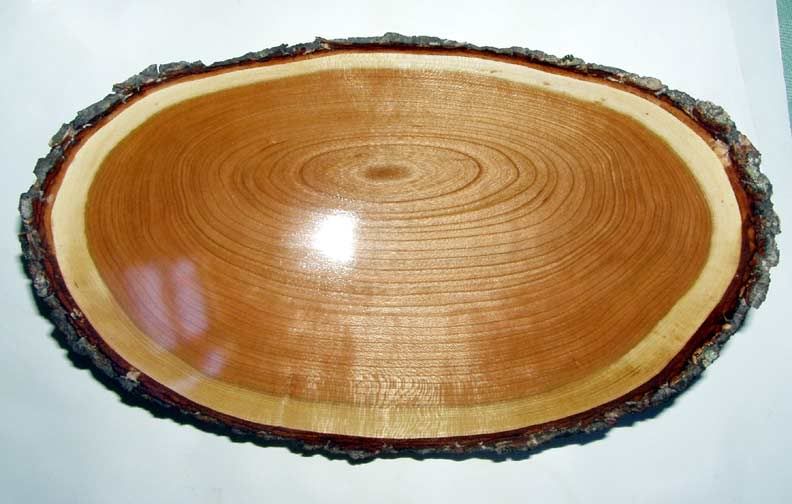I have a couple bowl blanks I want to turn with natural edge. I've done a few small ones in the past, and one of the challenges is getting the rim the same thickness all the way around. The blank I'm about to work on will not be symmetrical -- the peaks will be pretty level, but the low spots will not be at the same level from the bottom. Anyways, it just seems that the rims often want to be thicker in some places than others. Can't seem to sort this out mentally. Bought Hohlfeld's natural edge book, but he doesn't really address this.
Edit: should have noted that these are being turned green.
Edit: should have noted that these are being turned green.
Last edited:






